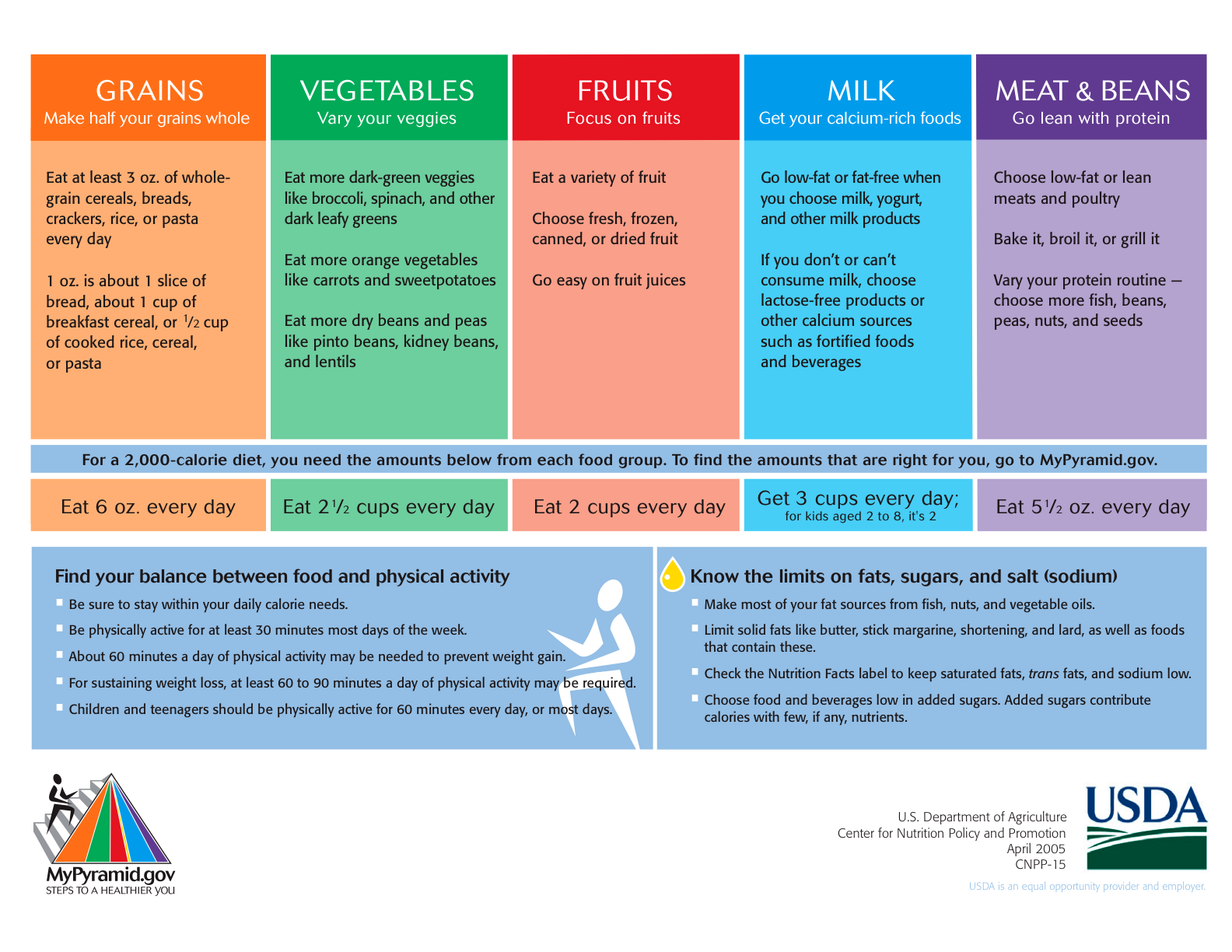Unlocking the Power of American Agriculture: Understanding the USDA
The United States Department of Agriculture (USDA) is a vital component of the country's agricultural sector, playing a crucial role in promoting and supporting the growth of American agriculture. From farming to food production, the USDA's vast responsibilities encompass a wide range of activities that have a significant impact on the nation's food supply, rural communities, and the economy as a whole. In this comprehensive guide, we will delve into the world of the USDA, exploring its history, mission, programs, and initiatives that shape the future of American agriculture.
With a rich history dating back to 1862, the USDA has evolved from a small agency focused on agricultural research to a multi-faceted organization responsible for promoting agriculture, natural resources, and rural development. The agency's core mission is to promote American agriculture, conserve natural resources, and enhance the quality of life for rural Americans. To achieve this mission, the USDA employs a diverse range of programs and initiatives that cater to various aspects of agriculture, including farming, food production, animal health, and rural development.
Overview of the USDA's Structure and Operations
The USDA is headed by the Secretary of Agriculture, who is appointed by the President and confirmed by the Senate. The agency is composed of various offices, including the Agricultural Research Service, the Agricultural Marketing Service, and the Food Safety and Inspection Service. Each office is responsible for a specific area of agricultural activity, ensuring that the USDA's diverse operations are well-coordinated and efficient.
Some of the key offices within the USDA include:
- The Agricultural Research Service (ARS), which conducts research on agricultural production, processing, and management
- The Agricultural Marketing Service (AMS), which regulates agricultural markets and promotes agricultural products
- The Food Safety and Inspection Service (FSIS), which ensures the safety of meat, poultry, and egg products
- The Forest Service, which manages the nation's forests and grasslands
- The Rural Development agency, which provides funding and technical assistance to rural communities
Programs and Initiatives Under the USDA
The USDA offers a wide range of programs and initiatives that support American agriculture, including:
- The Farm Bill, which provides funding for agricultural research, conservation, and rural development
- The Supplemental Nutrition Assistance Program (SNAP), which provides food assistance to low-income households
- The Commodity Credit Corporation (CCC), which provides price support to farmers and ranchers
- The Rural Business-Cooperative Service (RBEG), which provides funding and technical assistance to rural businesses
- The Environmental Quality Incentives Program (EQIP), which provides financial incentives to farmers and ranchers who implement conservation practices
Some of the key programs under the USDA's Agricultural Marketing Service (AMS) include:
- The Agricultural Marketing Service (AMS), which regulates agricultural markets and promotes agricultural products
- The National Farmers Market and Direct Market Center (NFM), which provides funding and technical assistance to farmers' markets and direct markets
- The Value-Added Producer Grant (VAPG), which provides funding to farmers and ranchers who develop value-added products
Sustainability and Conservation Initiatives
The USDA is committed to promoting sustainable agriculture practices and conserving natural resources. Some of the key initiatives under the USDA's Natural Resources Conservation Service (NRCS) include:
- The Environmental Quality Incentives Program (EQIP), which provides financial incentives to farmers and ranchers who implement conservation practices
- The Conservation Stewardship Program (CSP), which provides funding and technical assistance to farmers and ranchers who implement conservation practices
- The Grasslands Conservation Program (GCP), which provides funding and technical assistance to farmers and ranchers who conserve grasslands
- The Regional Conservation Partnership Program (RCPP), which provides funding and technical assistance to farmers and ranchers who implement conservation practices
Animal Health and Welfare Initiatives
The USDA is responsible for ensuring the safety and welfare of animals in the United States. Some of the key initiatives under the USDA's Animal and Plant Health Inspection Service (APHIS) include:
- The Animal and Plant Health Inspection Service (APHIS), which regulates the movement of animals and plants into and out of the country
- The National Veterinary Services Laboratories (NVSL), which provides laboratory testing and diagnostic services for animal diseases
- The National Animal Disease Center (NADC), which provides research and diagnostic services for animal diseases
- The Interagency Animal and Plant Health Quarantine Program (APHQ), which provides funding and technical assistance to states and territories to combat animal and plant diseases
Rural Development Initiatives
The USDA is committed to promoting economic development and improving the quality of life in rural America. Some of the key initiatives under the USDA's Rural Development agency include:
- The Rural Business-Cooperative Service (RBEG), which provides funding and technical assistance to rural businesses
- The Rural Infrastructure Loans and Grants (RIG) program, which provides funding for rural infrastructure projects
- The Rural Housing Service (RHS), which provides financing and technical assistance for rural housing development
- The Farm Service Agency (FSA), which provides financial assistance to farmers and ranchers, including crop insurance and disaster assistance programs
Conclusion
In conclusion, the USDA plays a vital role in promoting and supporting American agriculture, natural resources, and rural development. From farming to food production, animal health and welfare, and rural development, the USDA's diverse programs and initiatives have a significant impact on the nation's food supply, rural communities, and the economy as a whole. As the agricultural landscape continues to evolve, it is essential that the USDA remains at the forefront of promoting sustainable agriculture practices, conserving natural resources, and improving the quality of life for rural Americans.
Justin Bieberead
Eylon Levy Wife
Kelsey Kane
Article Recommendations
- Hisashi Ouchi Real Hospital Po
- Zoe Chip
- Sophie Rainpider Man
- Diddy And Beyonce
- Matt Czuchry Relationship
- Gina Wap
- Mckinley Richardson Fans
- Chloe Fineman
- Paige Vanzant Fans
- Hisashi Ouchi Pictures



